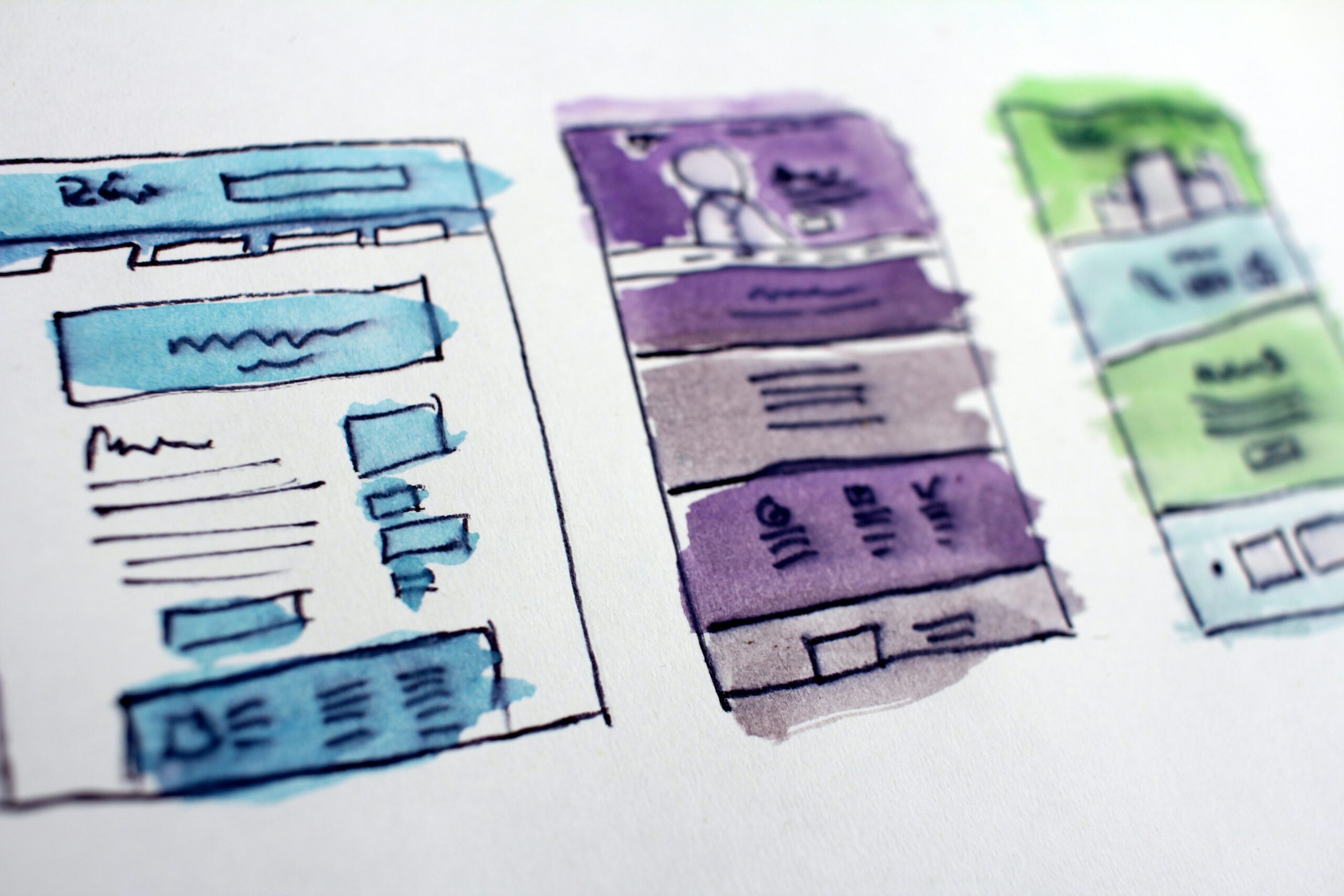When it comes to creating effective digital learning experiences, technology plays a key role — and so does content. Here are three ways to rethink content strategy and maximize the potential of your learning technology.
- Organize your content architecture in terms of journeys, not events
Single event-based learning, though familiar to employees, opposes the brain’s preferred processes. Because true learning takes time, it’s critical to design learning journeys, not events. After all, in a self-paced, digital learning environment, the “classroom” can be anywhere, and open at any time.Think about how frequently you interact with your smartphone – for how many times per week, and for how long during each session. Digital consumption habits provide the optimal structure for a learning program, marked by brevity and continuity.
Leverage technology to consider the context surrounding your content, its timeliness, and the moments when learning becomes performance. Rather than dumping information on a quarterly or yearly basis, transform your content strategy to support ongoing learning journeys, thereby promoting retention and a culture of learning.
- Focus on the experience, not the functionality
When you’re working with technology, it’s easy to become caught up in its features. However, focusing on new functionalities can hinder your content design by leading, rather than enabling, your thinking.Start with a list of “dos” and “don’ts,” and grow from there. For example, make meaningful use of discussion board features, or social media links – don’t include any gamification trivialities not grounded in human motivation, and avoid inessential use of omnipresent leaderboard functions. Do develop a content guide detailing the technology’s different functionalities. Vet functionalities that you want to use against the experience you are trying to create, ensuring people use your platform to reach their goals.
- Craft digital-first experiences
Most e-learning courses follow the same linear slide structure because they emerged during the era of e-learning “digitalization,” when converting legacy PowerPoint presentations into e-learning courses was all the rage. This approach, the hallmark of digital learning for decades, is hardly an exemplar educational experience. Thankfully, the digital landscape has changed tremendously since then, and the time is now to question and revise those old ways of learning.Reimagine your content in a digital landscape, resisting the temptation to port legacy materials from static learning events (e.g., PowerPoint presentations and reference binders), replicating the same learning experience. Yes, microlearning is the (controversial) mantra these days, but it means more than reducing legacy materials by half — today’s learner is accustomed to digital experiences akin to those of consumer apps. Harness such technologies to achieve educational experiences you can’t offline, working with a now-requisite, digital-first mentality.
New learning technologies enable you to create modern digital experiences, but make sure your content strategy receives as much thought as your tool of choice. A well-designed content strategy makes all the difference in facilitating and sustaining a culture of digital learning for analog achievement.


